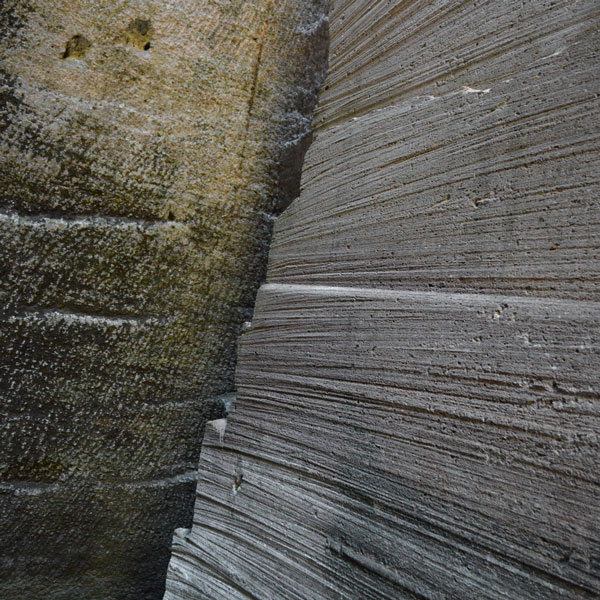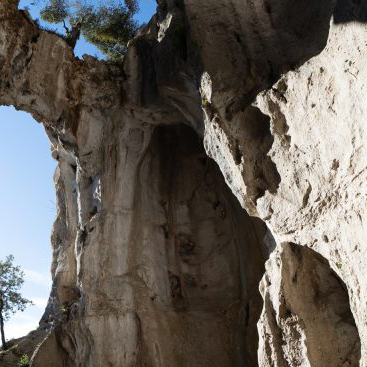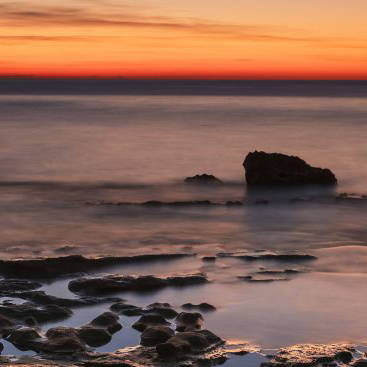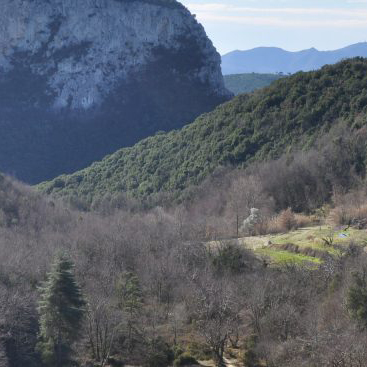Geology
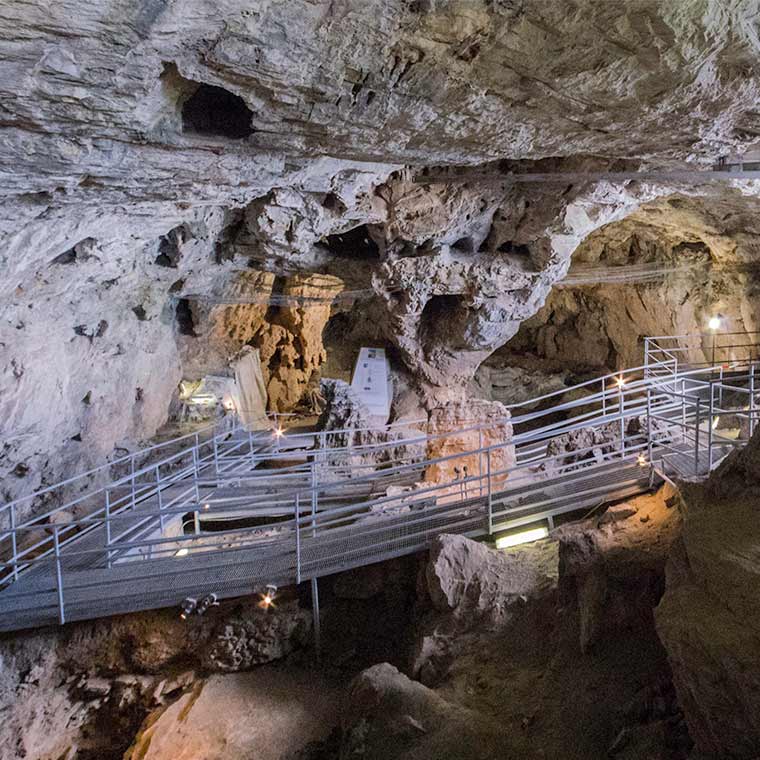
Life set in stone and the beginnings of the area
From the sedimentation of the Miocene sea, the Finale stone is formed. Rich in fossils included on it, this rock documents ancient geological eras until the birth of the current landscape.

The Finale Area is famous for a special kind of bioclastic limestone known as Pietra di Finale (Italian: Finale Stone).Indeed, karst has led to the formation of caves and natural sinkholes which have been used by man since time began.
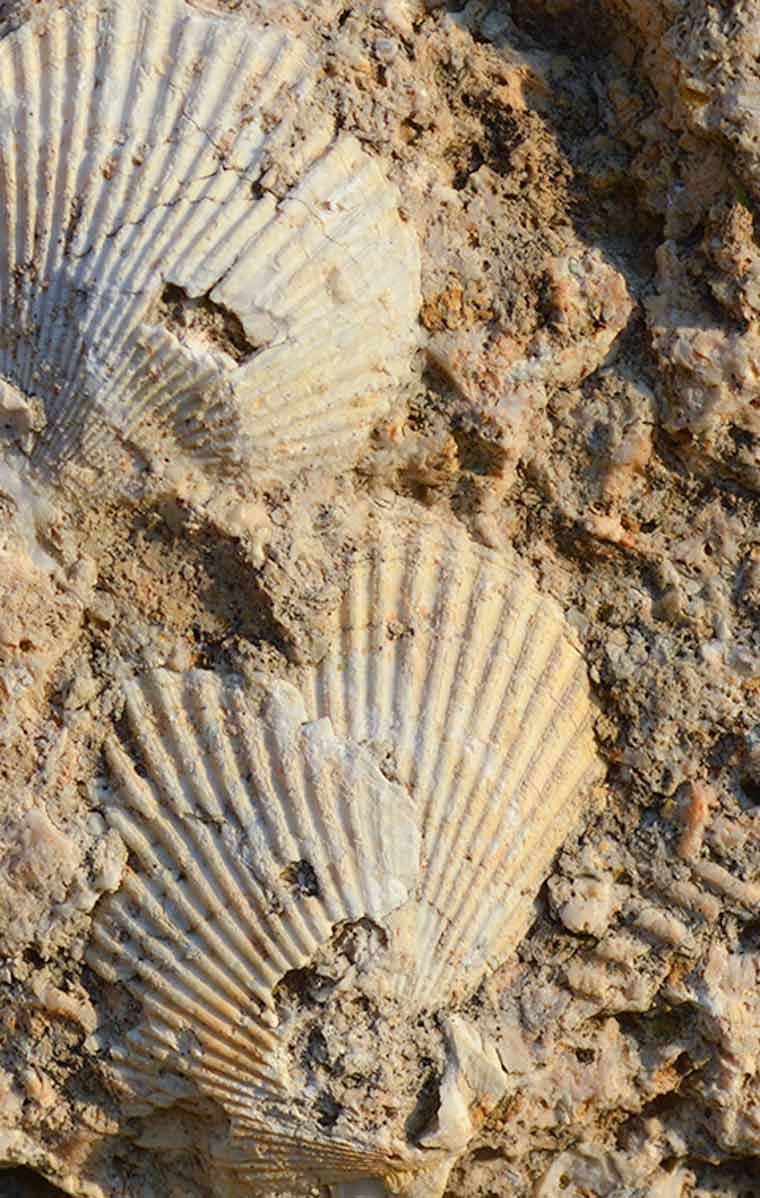

GEOLOGY – Between 28 and 11 million years ago
Inland gorges are towered over by tall rocky cliffs scoured out as water and wind eroded the existing continental shelf formed by the Miocenic Sea. Moulded during the Miocene, between 28 and 11 million years ago, Finale Stone comes from the sedimentation of silt and soil inside a large gulf which was closed off from the open sea by a coastal reef barrier. This sedimentary build-up lay on top of existing Pre-Tertiary and Tertiary Period layers of different rock-types made up of shale, limestone and dolomite. By pushing against each other, the layers formed cliffs falling sheer into the sea.
As the Miocenic sea was populated by the fauna of warm, shallow waters, Finale and Verezzi Stone both contain such ancient life forms as fossils of corals, seaweed (or algae), cockles (or bivalve scallops), comb shells (or pectinidae), cake urchins (or clypeaster) and sea urchin spines.
The presence of sharp fossil teeth shows that these were shark-infested waters. Among other species, traces have been found of the great Carcharodon megalodon shark, that could grow to a length of 25 meters. Findings from the Cava dell’Aquila (Italian: Aquila Cave) include a fragment of jawbone of a blue whale and other skeletal fragments of an algae-eating Sirendae of the water salamanders and manatee family]. These fossils are currently on display at the Museo Archeologico del Finale at Finalborgo (Italian: Archaeological Museum of Finale)
Finale Stone was widely used for building, because it was easy to work and for its delightfully mellow tones of colour which so often occur in the Finale landscape, where natural and man-made elements blend in with each other harmoniously.
More recently, charming landscape and mountain geomorphology overlooking the sea have led to the development of such outdoor activities as climbing and biking for which Finale is internationally known.




